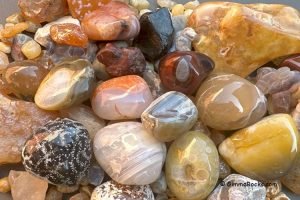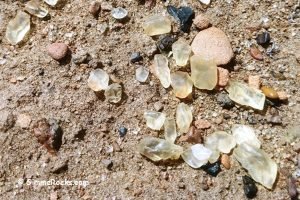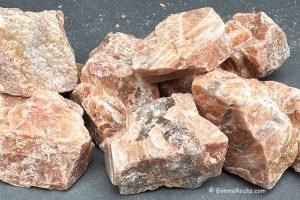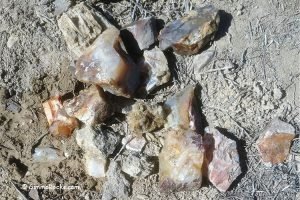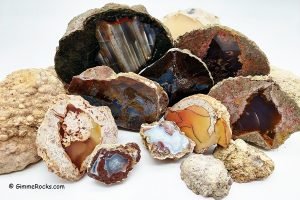Public lands in the United States encompass approximately 640 million acres, managed by various federal and state agencies. These lands include national parks, forests, wildlife refuges, and Bureau of Land Management (BLM) areas.
Western states generally have a higher percentage of federally owned land. For instance, Nevada leads with about 85% of its land federally owned, followed by Idaho (62%), Utah (57%), Oregon (53%), and Montana (29%). Eastern states typically have a lower percentage of public lands. These substantial federal land holdings in the western states offer the best rock-collecting opportunities.
However, enjoying the public land comes with responsibilities.
Before heading out, it is essential to check who the land manager is. If federal or state agencies own the land, you must understand the rules and regulations and practice responsible rockhounding to preserve it for future generations.
Rockhounding on Public Lands in the USA
Public lands in the U.S. are managed by various agencies, each with its regulations regarding rock collecting. Here are the main types of public lands and their general guidelines:
Bureau of Land Management (BLM)
BLM allows the personal collection of small amounts of rocks, minerals, semi-precious gems, petrified wood, and invertebrate fossils.
Invertebrate fossils come from creatures without bones, like corals, shellfish, and plants.
Most public lands are open for rockhounding, except areas like National Monuments. Check if the BLM manages the land when you plan your trip, as boundaries aren’t always clear.
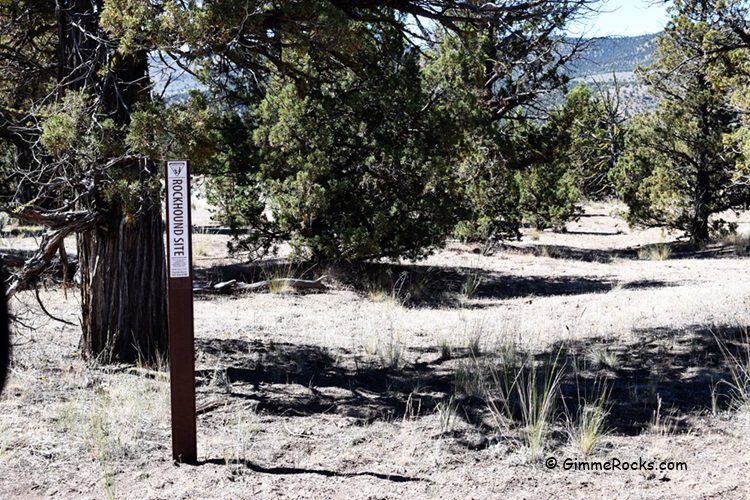
In most states, you can collect up to 25 pounds per day plus one extra piece, including rocks, minerals, and fossils, with a yearly limit of 250 pounds. Please note that regulations can change, and additional restrictions or requirements in specific areas may exist.
Only hand tools like hammers, picks, and shovels are allowed. Metal detectors are okay, but powered tools and explosives are banned.
Groups can’t combine their limits to take a single item over 250 pounds. For larger items, contact a BLM office.
Rockhounding isn’t allowed in developed recreation areas unless designated explicitly as rockhounding areas. Only surface collecting is permitted in Wilderness Areas.
Cultural artifacts (e.g., arrowheads or pottery) and vertebrate fossils (e.g., bones from fish or dinosaurs) are protected and cannot be taken.
Always check with the BLM for current rules and ensure the area isn’t under a mining claim.
Notable Rockhounding Sites Managed by Bureau of Land Management
- Arizona Black Hills Rockhound Area - Fire Agate
- Arizona Round Mountain Rockhound Area - Fire Agate
- California Wiley Well Geode Beds
- California Chambless Rock Collecting Area - Hemetite and Magnetite
- California Savahia Peak Rock Collecting Area - Chalcedony
- Idaho-Oregon Graveyard Point - Plume Agate
- Nevada Garnet Hill
- Oregon Glass Butte - Obsidian
- Oregon Hampton Butte - Green Petrified Wood
- Oregon Sunstone Collection Area
- Utah Dugway Geode Beds
- Utah Topaz Mountain Rockhound Recreation Area
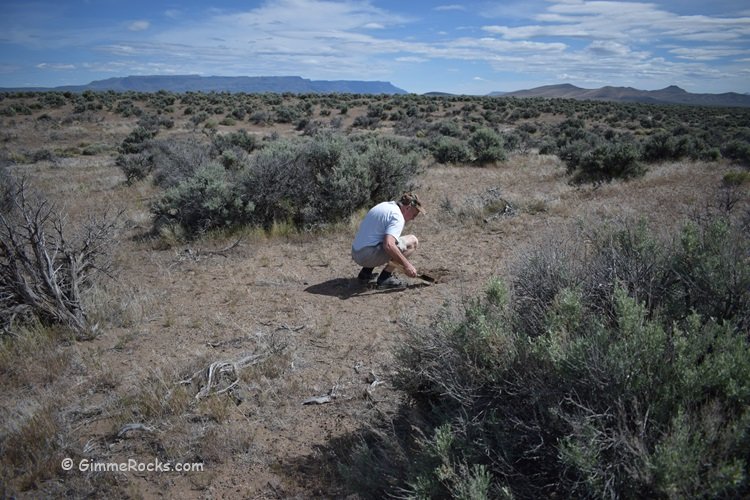
U.S. Forest Service (National Forests)
The U.S. Forest Service permits recreational rockhounding on most National Forest lands.
The U.S. Forest Service limits specimen collection to 10 pounds. Some National Forest lands are closed to collecting due to wilderness designation. Contact the U.S. Forest Service for up-to-date information on specific areas.
Vertebrate fossils, such as animal, dinosaur, and fish bones, cannot be collected. Archaeological items, such as pottery fragments, arrowheads, and other artifacts, are also prohibited from being collected.
Notable Rockhounding Sites Managed by U.S. Forest Service
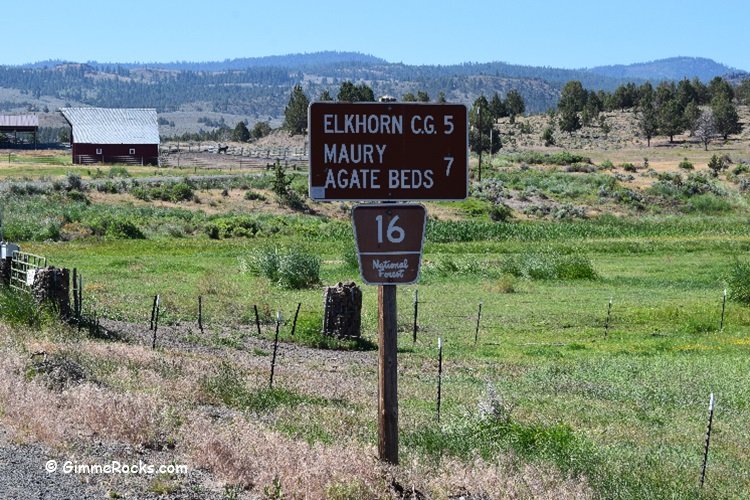
National Parks and Monuments
Collecting is generally prohibited in National Parks and Monuments to protect their natural and cultural heritage. However, some adjacent lands may allow rockhounding, so understanding boundaries is critical.
State Lands
State land rules vary widely. Some states welcome collectors, while others have strict regulations or require permits. Always verify the regulations for the specific state and site you plan to visit.

